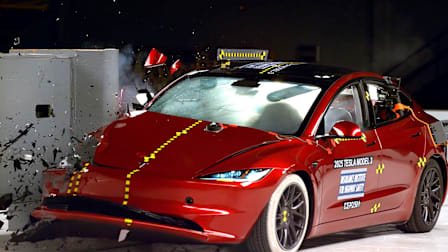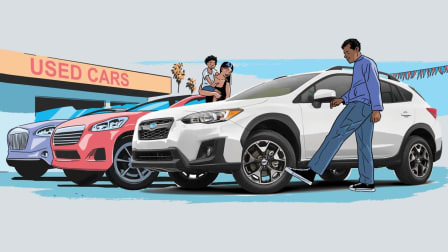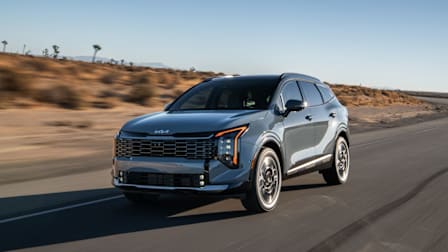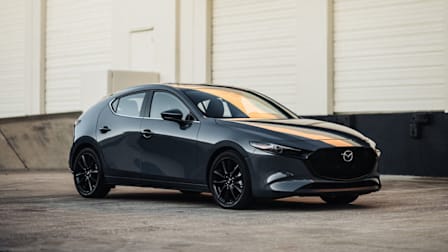Cars and Features to Help You Stay Safe on the Road
CR's experts spotlight the safest new and used cars
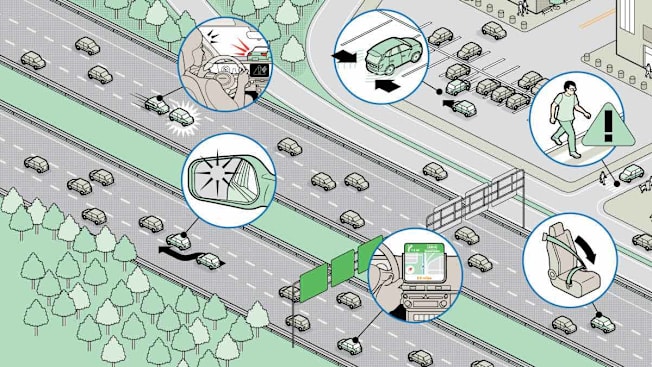
Today’s cars are leaps and bounds ahead of those from just 15 years ago when it comes to safety, for several important reasons. Better braking and handling enable drivers to stop more quickly or to steer around obstacles to avoid crashes. Advanced driver assistance systems, or ADAS—which are more common on newer vehicles—also help lessen the severity of a crash, if one does occur. And thanks to the Insurance Institute for Highway Safety’s tougher crash tests, automakers are now building vehicles that can better protect occupants in a collision. Here’s a rundown of features to look for if you’re shopping for a car, and tips on how to stay secure when you’re driving.
Key Safety Features
Blind Spot Warning (BSW): BSW alerts you to vehicles that are in your blind spot. It has reduced lane-change crashes with injuries by 23 percent, according to the Insurance Institute for Highway Safety and the Highway Loss Data Institute (IIHS-HLDI).
9 Safest New Cars
Below, we present models that stand out for safety in nine different car categories. These vehicles score well in IIHS crash tests and CR’s braking and handling evaluations, have easy-to-use controls, and come standard with proven safety tech at all trim levels.
The Safest New Cars
Check out the vehicles that score well in IIHS crash tests and CR’s braking and handling evaluations, have easy-to-use controls, and come standard with proven safety tech at all trim levels.
5 Used-Car Picks
The reliable models below do well in IIHS crash tests and CR’s braking and handling evaluations. They have all or most of the key safety features, but BSW and RCTW may have been optional on older models.
Small Car
Honda Civic (2023 or newer), starting at $21,650
Midsized Car
Toyota Camry or Toyota Camry Hybrid (2018 or newer), starting at $15,125
Small SUV
Mazda CX-5 (2023 or newer), starting at $22,800
Midsized SUV
Toyota Highlander (2017-2022, 2024 or newer), starting at $16,050
Luxury Compact SUV
Acura RDX (2019, 2021-2022, 2024), starting at $21,175
Best Used Cars: 10 Top Picks
Emergency Kit Essentials
CR’s experts say calling for help—dialing 911 if you’re in danger—is often the safest option if you break down on a dark road or have another urgent issue. But it’s still a good idea to stock your car with essentials, such as nonperishable food, a way to charge devices, a flashlight and batteries, gloves, a rain poncho, blanket, or towel, and a snow scraper and brush. Consider the following as well:
Roadside assistance plan: AAA might be the most familiar, but some credit card issuers, insurance companies, and car warranties offer comparable services, like towing and flat tire repair.

Illustration: Rodrigo Damati Illustration: Rodrigo Damati
First aid kit: Consider a portable kit, which may include items such as reflectors (for visibility in the dark) and emergency blankets in addition to basic first aid necessities. Larger kits, like the Winter Cross Country Kit ($85), have just about anything you might need for any auto emergency.
American Red Cross Emergency Preparedness With First Aid,* $41
Collapsible shovel: During the winter, have a shovel with a telescoping handle (for easy storage) and a flat tip for clearing snow from under tires.
Garant Telescoping Car Shovel,* $35
Escape tool: These have hammers that can break windows (except those with laminated glass, often labeled as such) and blades for cutting seat belts. Keep one where you can grab it easily from the driver’s seat.
Resqme,* $10
*This item was not rated by Consumer Reports but was evaluated or chosen by CR staffers or other experts.
More on Cars by Brand
Editor’s Note: This article appeared in the September/October 2025 issue of Consumer Reports magazine.


















